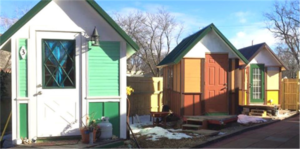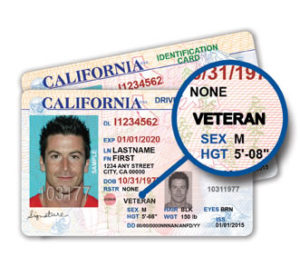
California Special Districts: Hiding in Plain Sight
Special districts in California are the unnoticed variant of local government entities. Although they spend over $42 billion annually, most taxpayers don’t give these ubiquitous agencies much thought. They vary from modest vector control districts to behemoths like the Los Angeles Metropolitan Transit authority, an agency that has a billion-dollar budget and, despite declining ridership, continues efforts to suck ever more pennies from every dollar spent in Los Angeles County.
The problem with these semi-autonomous agencies is that it is extremely difficult to determine whether or not taxpayers are receiving good value for every one of the billions of dollars being spent by agencies that, in many cases, are governed by unelected political appointees. Even when these boards are directly elected, many special districts do not receive the same level of scrutiny as do city and county governments.
Most taxpayers support local control, but they also want to see local governments and special districts maintain maximum transparency, follow the Brown Act and post important fiscal information on their websites. This information is a valuable asset to those who want to look over the shoulders of elected officials and bureaucrats to make certain that funds are appropriately spent. Sadly, this information is not always readily available and accountability is lacking.
While some agencies may willfully violate the law, in many instances, illegal actions are simply oversights. But because these districts tend to operate “under the radar” improper procedures may be overlooked for years. For example, in 2014 it was discovered that a fire district was illegally collecting tax proceeds from property owners outside the district boundaries and that practice had been ongoing for several years. It took a special act of the Legislature to reimburse property owners for the illegal taxes they had paid. With greater transparency, this problem would likely have been avoided.
In addition to errors that go uncorrected due to secretive management practices, many of these agencies are hoarding vast quantities of cash. The large reserves are often in amounts that are in multiples of a district’s annual budget and not justified by serious plans for major capital investment with a realistic timeline for construction.
Adding insult to injury, despite the fact that most are in a solid financial position, special districts have been uniting to lobby for higher taxes. The California Special Districts Association, as well as other local government associations, has ramped up efforts to eliminate Proposition 13’s two-thirds vote requirement for approval of new taxes for infrastructure improvements.
Clearly, special districts deserve to be noticed both for the worthwhile services they provide as well as their potential for mischief at taxpayers’ expense. No longer should these agencies be allowed to hide in plain site
In dealing with special districts, good, bad and indifferent, taxpayers’ and service users’ most powerful tool is awareness. These agencies control billions of dollars and taxpayers have the right to demand accountability. While local control should remain the objective, the Legislature can help by strengthening guidelines on the maintenance of reserve funds, which for many districts greatly exceed any potential need, as well as mandating periodic reporting and publication of financial reports on line.
Taxpayers should also take heart from knowing that special districts are getting renewed scrutiny from oversight agencies. Last week, the California Commission for State Government Organization and Economy, also known as the Little Hoover Commission, held hearings on some of the perceived abuses by California’s myriad special districts. The Commission specifically requested testimony from the Howard Jarvis Taxpayers Association on several issues including the practice of many districts to hoard taxpayer dollars.
Enhanced oversight of special districts can deter some of the well documented instances of bad behavior reported by the Little Hoover Commission and other investigative interests. Whether that oversight comes from taxpayer groups, government oversight agencies, the media or individual taxpayers, it is especially important to drag these often unknown agencies into the sunlight so that citizens can more clearly see what they are doing and how they are spending our money.
Jon Coupal is president of the Howard Jarvis Taxpayers Association — California’s largest grass-roots taxpayer organization dedicated to the protection of Proposition 13 and the advancement of taxpayers’ rights.
With as many as 14 Special Districts in the Coachella Valley out of almost 3300 total in California, several of them serve Desert Hot Springs.
Mission Springs Water District Is just one of many
MSWD manages and distributes water in and around Desert Hot Springs.
- Who funds it? It’s funded by a combination of water sales and property taxes.
- What’s its budget? MSWD has a $10 million annual operating budget.
Coachella Valley Association of Governments Is another and the list goes on
- CVAG coordinates valley-wide services for cities and local tribes.
- Who funds it? It’s funded by a combination of sales taxes, grants and traffic fees.
- What’s its budget? It has a $130 million per year operating budget.
- DHD provides healthcare services in the Coachella Valley.
- Who funds it? It’s funded by a combination of grants and property taxes.
- What’s its budget? It operates on an $8 million per year budget.
Coachella Valley Mosquito and Vector Control District
- CVMVCD carries out surveillance, prevention and control of potentially virus-transmitting animals, including mosquitos, throughout the Coachella Valley’s nine cities and unincorporated areas.
- Who funds it? It’s funded by both property taxes and a benefit assessment.
- What’s its budget? It operates on a $10 million per year budget.








